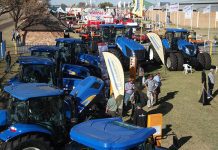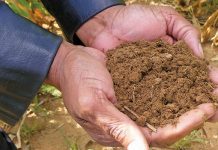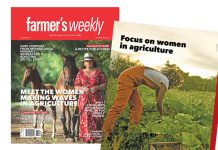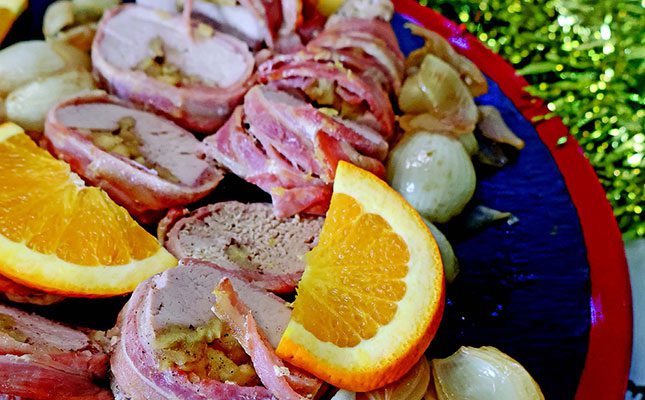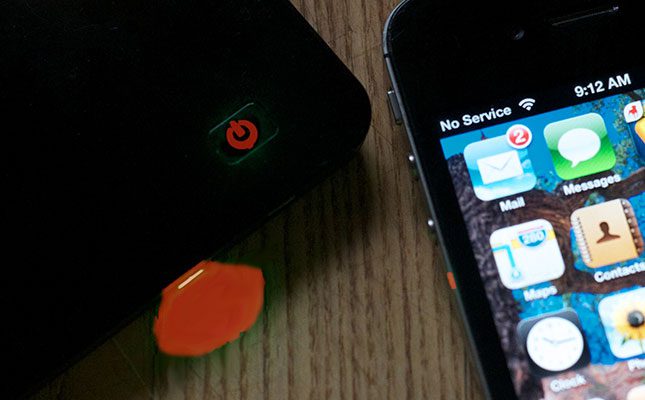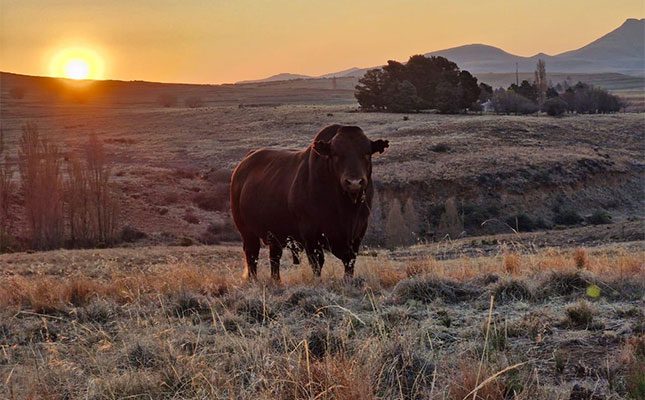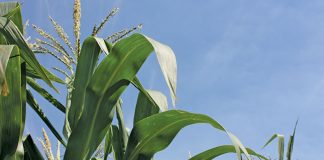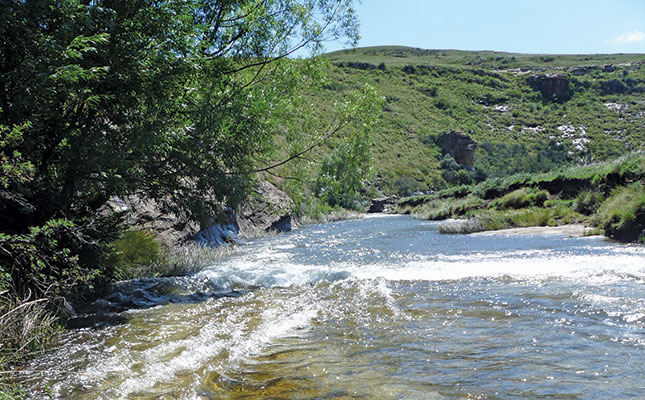
Any South African living in formal housing can easily use more than 87ℓ of water during a normal morning routine.
The adjustments that you have to make to stick to the 87ℓ/day quota can be a source of great inconvenience, to say the least, and I have to commend all those people in Cape Town who have gone to great effort to cut their water consumption.
South Africa is classified as one of the 20 most water-scarce countries globally. The country’s average annual rainfall is only 495mm, compared with the world average of 1 033mm.
Yet, South Africa’s average daily water use per capita, 235ℓ, is much higher than the world average of 173ℓ.
It is estimated, according to a report by the Department of Water and Sanitation (DWS), that 98% of the freshwater resources in the country are already considered ‘fully allocated’.
However, 12% of South Africans still lack access to clean drinking water, according to the department.
It is clear that there is a widening gap between water supply and demand in South Africa, and the situation is exacerbated by the pollution of freshwater resources by poorly maintained wastewater treatment plants.
These defects in South Africa’s water supply system are exposed by events such as the droughts that have affected large parts of the country over the past two years.
According to the Water Research Commission (WRC), South Africa will face a gap of about 17% between water demand and supply by 2030 if no significant policy shifts occur to update infrastructure, and change water consumption habits in the country.
Over the past few years, local research organisations, such as the WRC, have found that many rivers used for irrigation carry extraordinarily high pathogenic loads.
Among the produce irrigated by this water are minimally processed fresh fruit and vegetables, or products eaten raw. Insufficient sanitation facilities and inadequate sewage treatment works throughout South Africa are the primary sources of pollution.
The 2013 Green Drop report published by the DWS stated that fewer than 10% of the country’s 824 wastewater treatment plants were releasing clean water. These reports are no longer made public.
As citizens, we can all do our part and learn, as the people of the Western Cape are now forced to do, to use water as the scarce resource it is.
But the real work of properly maintaining our water infrastructure is government’s responsibility, and that makes me highly apprehensive about the future of water in South Africa.


